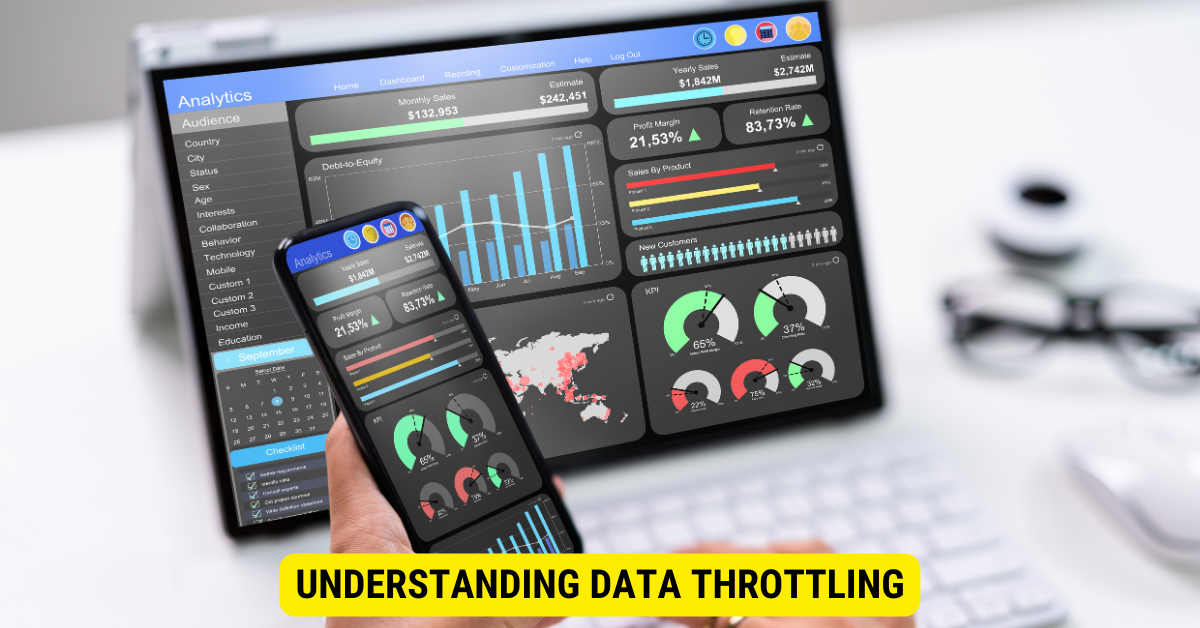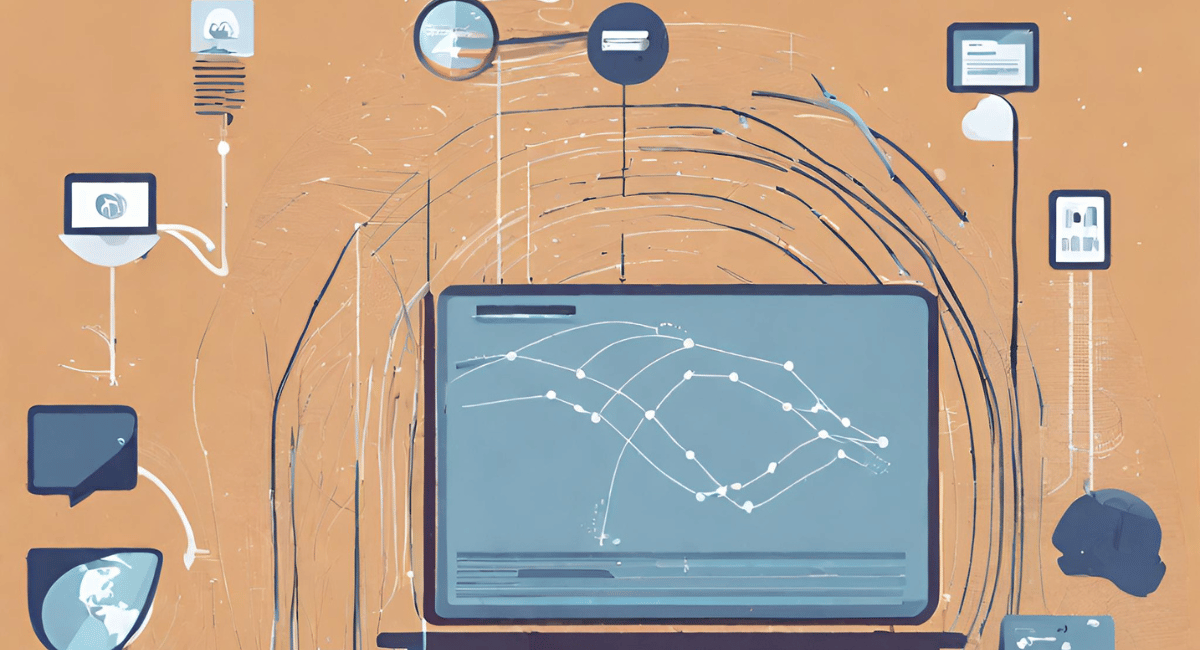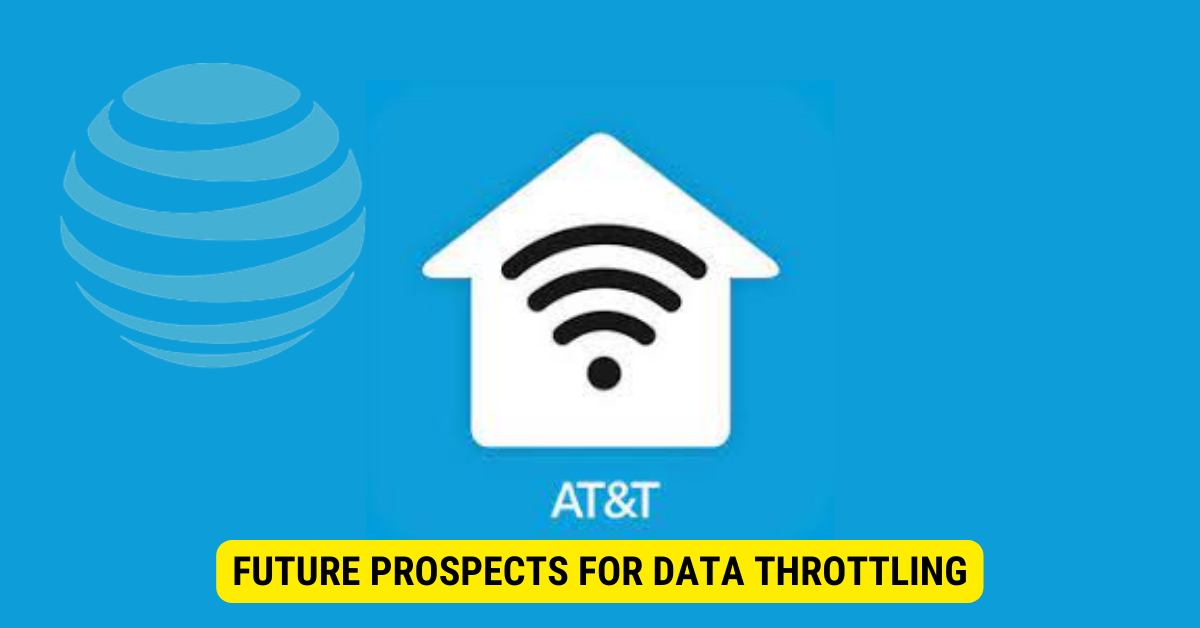AT&T Secure Family should typically function even when data is throttled, though with potentially reduced performance.
In today’s digital age, where internet connectivity plays a crucial role in our daily lives, data throttling has become a hot topic of discussion. As more and more persons and families rely on the internet to work, study, and connect with loved ones, the impact of data throttling on productivity and overall user experience cannot be ignored. Together we will inspect the subject of data throttling and delve into AT&T’s stance on this issue. Additionally, we will analyze the effect of data throttling on family work and discuss potential solutions for mitigating its challenges.
Understanding Data Throttling

Before delving into the intricacies of AT&T’s approach to data throttling, it is essential to grasp the basics of this concept. Data throttling refers to intentionally slowing down internet speeds once a user exceeds a certain data limit or during periods of network congestion. This means that even if you have subscribed to a high-speed internet plan, your connection may be artificially slowed down after a specific threshold.
Data throttling has become an important topic in the realm of internet service providers. As more and more people rely on the internet for various activities, including work, education, entertainment, and communication, understanding how data throttling works can help users make informed decisions about their internet usage.
The Basics of Data Throttling
When it comes to data throttling, understanding the underlying principles is crucial. Providers like AT&T implement data throttling to manage network resources and ensure a fair bandwidth distribution among their customers. By limiting the speed of heavy data users, the network can avoid congestion and maintain a satisfactory level of service for all users.
AT&T, like many other internet service providers, AT&T uses data throttling to prioritize network traffic. This means that during periods of high network usage, heavy data users may experience slower speeds compared to those who consume less data. This approach allows the provider to allocate resources efficiently and prevent network congestion, leading to a better internet experience for all users.
However, it is important to note that data throttling is not synonymous with data caps. While data caps refer to the maximum amount of data you can consume within a billing cycle, data throttling pertains to the speed at which you can access the internet beyond certain usage thresholds.
For example, let’s say you have a data plan with a monthly cap of 50GB. Once you exceed this limit, the provider may apply data throttling, reducing your internet speed to a fraction of what you were experiencing before. This can be frustrating, especially if you rely on the internet for bandwidth-intensive activities such as streaming, gaming, or downloading large files.
How Data Throttling Impacts Internet Speed?

Once data throttling occurs, you may notice a significant decrease in internet speed. Tasks that were previously seamless, such as streaming high-definition videos or downloading large files, may take longer to complete. This can be particularly frustrating for those who rely on a fast and trustworthy internet connection for various aspects of their work and personal activities.
Imagine trying to stream your favorite TV show or movie only to experience constant buffering and pixelated video quality due to data throttling. It can disrupt your entertainment experience and make it difficult to enjoy your favorite content.
Moreover, data throttling can hinder real-time applications, such as video conferencing or online gaming, by introducing latency and reducing overall bandwidth. This can harm productivity, especially for remote workers or students who heavily depend on these tools. Video calls may become choppy, leading to communication issues, and online games may lag, affecting the overall gaming experience.
It is important to understand that data throttling is not a malicious practice by internet service providers. It is a way for them to manage their network resources effectively and ensure a consistent level of service for all users. By implementing data throttling, providers can balance providing high-speed internet access and preventing network congestion.
As technology advances and our dependence on the internet grows, users and providers must find ways to optimize internet usage and ensure a fair distribution of resources. Understanding data throttling is a step towards achieving this goal and making the most of our internet connections.
AT&T’s Stance on Data Throttling
As one of the leading telecommunications providers, AT&T has formulated its policies regarding data throttling to ensure fair usage and customer satisfaction. By understanding AT&T’s stance on this issue, customers can evaluate its implications on their family’s work and connectivity.
AT&T recognizes the importance of providing its customers with reliable and fast internet connectivity. However, to manage network congestion and ensure a consistent experience for all users, AT&T has implemented data thresholds for their unlimited plans. These thresholds determine the amount of data a customer can use at full speed before their speeds may be condensed during network congestion.
It is important to note that these thresholds vary across different plans, and certain plans may not be subject to data throttling. By reviewing your contract’s specific terms and conditions, you can ascertain the extent to which data throttling may affect your internet speeds.
AT&T’s Data Policies
AT&T’s data policies are designed to balance providing unlimited data access and safeguarding a fair and equitable experience for all customers. By implementing data thresholds, AT&T aims to manage network congestion and prevent any one user from monopolizing the available bandwidth.
AT&T’s data thresholds are set based on extensive research and analysis of network usage patterns. These thresholds are regularly reviewed and adjusted to accommodate the increasing data demand and maintain optimal network performance.
Furthermore, AT&T provides customers with tools and resources to monitor their data usage and stay informed about their plan’s specific data thresholds. This empowers customers to make knowledgeable decisions about internet usage and helps them avoid unexpected data throttling.
AT&T’s Measures to Secure Family Work
Knowing the importance of reliable internet connectivity for families, AT&T has taken steps to secure family work even when data throttling occurs. They understand that many households rely on the internet for remote work, online learning, and other essential activities.
To ensure uninterrupted connectivity, AT&T offers various tools and features to help customers maintain a high-quality connection despite potential speed reductions caused by data throttling. One such feature is Wi-Fi calling, which allows customers to make and receive calls over a Wi-Fi network instead of trusting solely on cellular data.
In addition, AT&T provides Wi-Fi extenders that help expand the coverage of a home Wi-Fi network. These extenders can improve signal strength and ensure a stable connection throughout the house, even in areas where the Wi-Fi signal may be weaker.
By leveraging these tools and features, AT&T customers can mitigate the impact of data throttling on their family’s work and connectivity. These measures demonstrate AT&T’s commitment to providing reliable and consistent internet access, even during network congestion.
The Effect of Data Throttling on Family Work
While data throttling aims to ensure equitable internet access for all users, it does pose challenges for families relying on uninterrupted connectivity for work-related tasks. Understanding the potential obstacles that data throttling can introduce is crucial to being prepared and finding potential solutions.
Challenges Posed by Data Throttling
Data throttling can disrupt the seamless flow of work by introducing delays and reducing overall internet speed. For families using cloud-based applications, accessing and collaborating on essential documents can become cumbersome, limiting productivity.
Similarly, video conferences and online meetings may suffer from quality degradation, resulting in communication issues and a less immersive experience. This can hinder effective collaboration and impact the overall dynamics of remote work or online education environments.
Potential Solutions for Throttling Issues
Although data throttling can present challenges, there are several potential solutions to mitigate its impact on family work. One option is to monitor your data usage carefully and adjust your online activities accordingly to avoid hitting the threshold that triggers data throttling.
Another solution is to explore the possibility of upgrading your internet plan to a higher-tier option that offers a higher data limit or exempts certain activities from throttling. By choosing a plan that better suits your family’s needs, you can potentially avoid or minimize the effects of data throttling.
Future Prospects for Data Throttling

As technology changes rapidly, it is reasonable to question how data throttling might evolve. AT&T, like other major providers, AT&T continuously strives to enhance its network capabilities and ensure optimal user experiences.
Technological Advancements and Data Throttling
Technological advancements, such as the widespread implementation of 5G networks and the development of more efficient data compression algorithms, hold the potential to alleviate the need for widespread data throttling. As these technologies mature, users may experience faster and more reliable internet speeds, minimizing the occurrence of data throttling altogether.
AT&T’s Future Plans Regarding Data Throttling
AT&T is committed to providing the best possible service to its customers. As such, they consistently review and adapt their data throttling policies to align with changing user demands and technological advancements. By staying updated on AT&T’s plans, customers can better anticipate any changes affecting their family’s work and connectivity.
Key Takeaways
- AT&T Secure Family is designed to monitor and manage family devices.
- Data throttling might slow down certain services but won’t typically stop them.
- Real-time features might experience delays during throttling.
- Regular functionalities like location tracking should continue to operate.
- Always monitor data usage to avoid reaching a throttled state.
FAQs
Q: What is AT&T Secure Family?
A: It’s a service by AT&T to manage and monitor family devices, offering features like location tracking.
Q: How does data throttling affect this service?
A: Throttling may slow down service functionalities, but core features should still function.
Q: Can I still track locations during throttling?
A: Yes, but there might be slight delays or reduced accuracy.
Q: How can I avoid reaching a throttled state?
A: Monitor data usage, choose suitable plans, and manage non-essential data consumption.
Q: Is there any way to improve performance during throttling?
A: Temporarily turning off non-essential apps or services might help prioritize bandwidth for Secure Family.
Conclusion
In conclusion, data throttling remains a significant concern for families relying on internet connectivity for work-related tasks. While it may introduce challenges and hinder productivity, AT&T, as a leading provider, strives to balance fair usage and customer satisfaction. By understanding the impact of data throttling and exploring potential solutions, families can secure their work and ensure a seamless online experience despite potential speed reductions.
